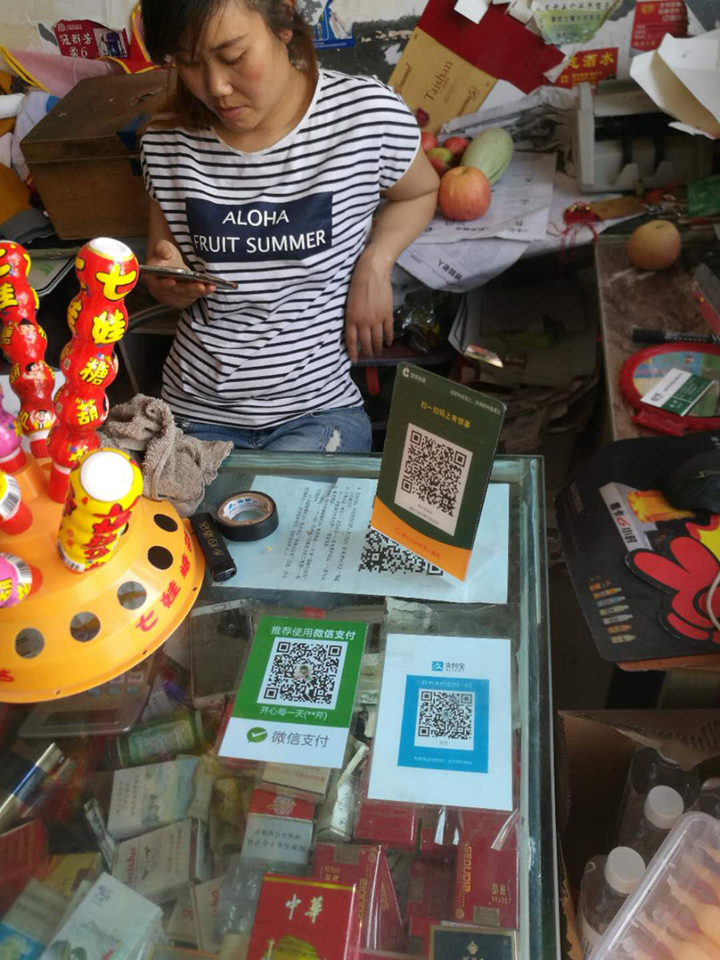Letter from Shenzhen
Chinese tech isn’t an imitation of its American counterpart. It’s a completely different universe.
山寨 (Shanzhai) translated directly means mountain stronghold, and that’s where my journey appropriately begins. I’m in a small town in Guizhou, one of the poorest provinces in China, where the GDP per capita is the lowest in the country. But the lack of disposable income does not prevent the glimmer of aspirational consumerism from fueling this live sales seminar that I am overhearing.
In a large conference room, within a hotel that is more often used by couples looking for privacy from families than tourists, a man drones on about filial piety. His story is melodramatic and suspenseful at all the right parts, about a mother who gives up her last penny to save her son’s company. He asks: in return, what can sons and daughters do for their parents who have given them so much? Even I am close to tears when the man does his big reveal: buy them 2,500 RMB silk bedding.
I go on to visit other mountain strongholds — villages and zhais, places where bathrooms still offer an adrenaline rush of potentially falling into a pit, and pigs are slaughtered alongside a river. A combination of tourism and economic development are rendering these places increasingly rare. Yet one element remains constant: the ubiquity of mobile phones and the central importance of phones for the simple transactions of everyday life.
Most transactions center around one app: WeChat. WeChat is an app made by Tencent that has become crucial to life in China, especially with Tencent’s state-sponsored initiative of 智慧生活 (zhihuishenghuo, smart living). WeChat enables access to messaging, video chat, payment systems, and public services. And it has nearly one billion users — about as many users as Facebook Messenger. In fact, many of WeChat’s features have recently been eerily appearing in Facebook Messenger.
I use WeChat to message a friend while standing in the middle of a rice paddy, to pay for snacks and water in a remote village, to buy train tickets, to book hotel rooms, to order taxis, to get takeout, and to send my aunt photos. If I wanted to, I could also use it to pay electricity bills, top up my mobile phone account, make hospital appointments, and check the weather.

Everywhere I go, little “Alipay/WeChat Pay” QR codes sit in plastic placards, in the most unexpected places. In one small town, every business, including the woman making 炒粉 (chaofen, rice noodles) in the front of her house accepts WeChat Pay. At a newly opened train station, massage chairs have no slots for coins or money—just a simple QR code pasted on their arm. To pay with WeChat, I scan the QR code with my phone, and the chair turns on....MUCH MORE